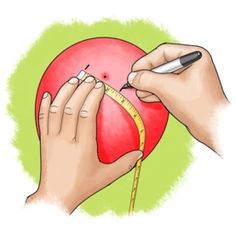Expansion and Contraction
5th Grade PHYSICS
Chapter 5 – Heat (Greek educational system)
Go to the lesson
|
|
Materials for the lessonCd-Player,
|
Layout of the classroomThe classroom adapts in such a way so as to have enough space for action. |
|
1st PhaseA. The teacher makes a prologue to the children about solids. Explaining that solid matter consists of smaller particles, called molecules. He/she goes on to explain that, in action, each student will play the role of a molecule of some solid matter.B. The teacher and the students discuss about the climate conditions, temperature changes (hot-cold, winter-summer) and the sense of they create. |
|
2d Phase1. The teacher introduces the condition that it is Summer. (the cicadas on the cd player).
|
|
3d PhaseNow the condition is that it is winter and it is cold.
|
|
4th PhaseChildren return to their desks. The teacher teaches this particular chapter of expansion and contraction according to what is presented in the book. Wherever needed the teacher relates the previous action of the children with the phenomenon noticed in solids. |


 SmartOWL
SmartOWL